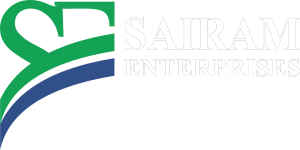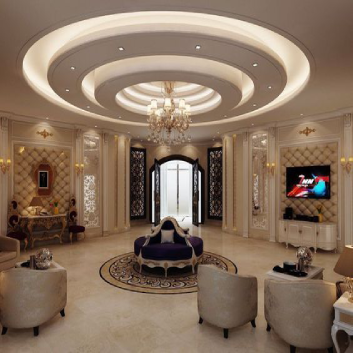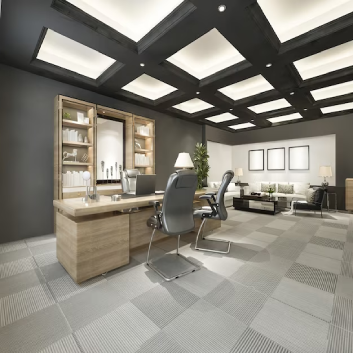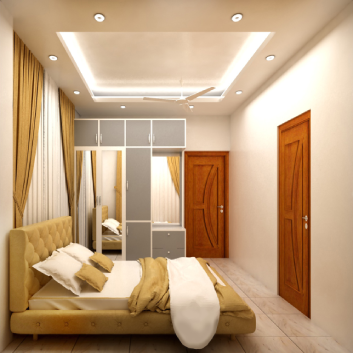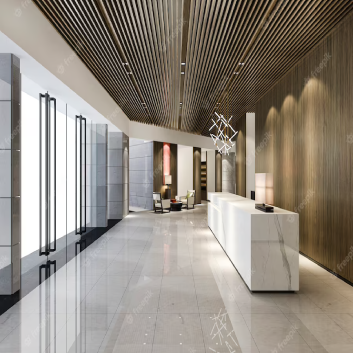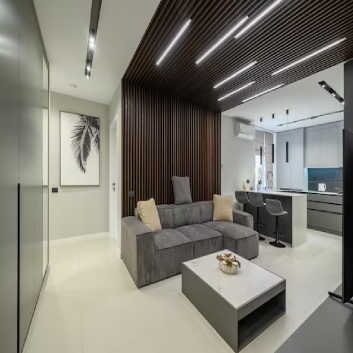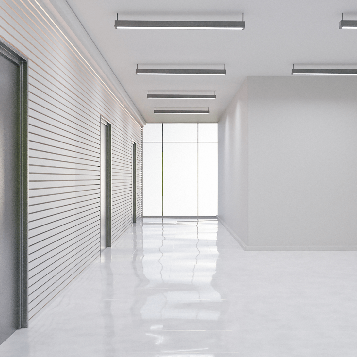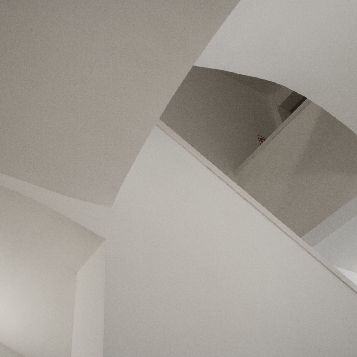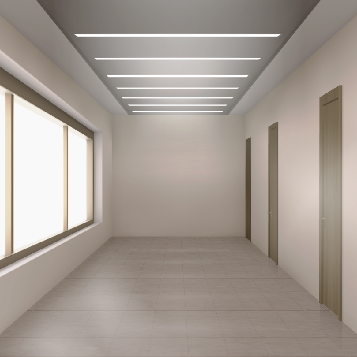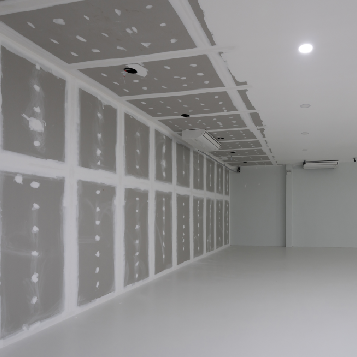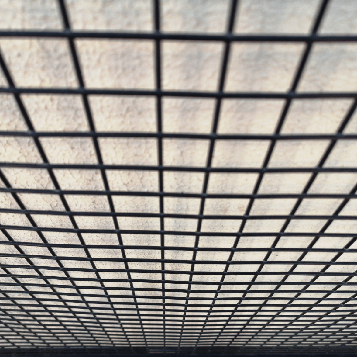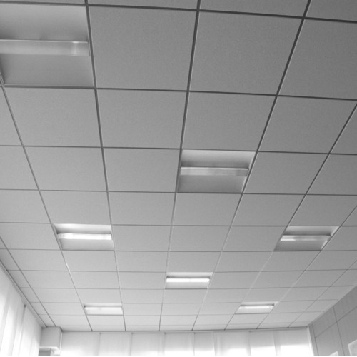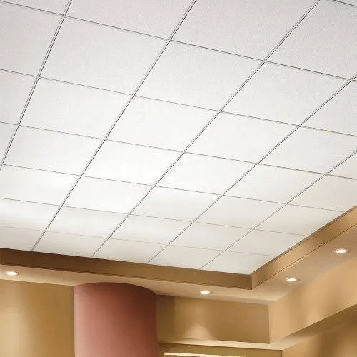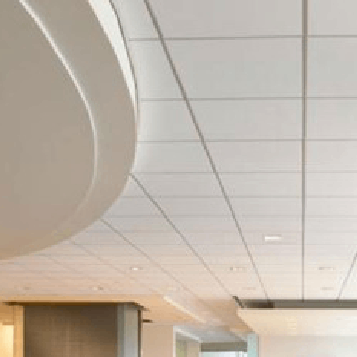FALSE CEILING
Plaster of Paris (POP)
Plywood ceilings are employed in cold-weather residential constructions. Making and installing a plywood ceiling is straightforward, but maintenance will be costly. The primary disadvantage of a plywood ceiling is the possibility of fungal or termite infestation. As a result, effective anti-termite treatment is essential to extend the lifespan of ceilings.
Gypsum Board
Gypsum board is formed of calcium sulphate dihydrate and is used for both interior walls and ceilings. It is low in weight and commonly used in construction. It comes in square or rectangular shapes and can withstand loads ranging from 15 kg/Sqm to 18 kg/Sqm. Gypsum boards are put at a specific height from the ceiling over a wooden or steel frame.
Gypsum Boards Available on the Market
Regular Gypsum Board – Used for small-scale residential and commercial construction.
Fire Resistant Gypsum Board – It is utilized in areas that demand a high level of fire protection.
Moisture Resistant Gypsum Board – It is used to resist moisture occurrence as a dry partition wall or ceiling in a damp location.
Fire and moisture-resistant gypsum board – This type of gypsum board is utilized where both moisture and fire resistance is required.
Grid False
False grid ceilings are cost-effective and commonly utilized in commercial structures. The tile shape used in grid ceilings might be square or rectangular. It comes in two sizes: 600mm x 600mm and 300mm x 600mm. Many electrical cables and plumbing pipes are installed across the ceiling in commercial buildings, which reduces the appeal of the buildings. Grid fake ceilings are used to disguise it and make it easier to reach in the event of maintenance.
It can be removed and replaced at any moment without using any special tools.
